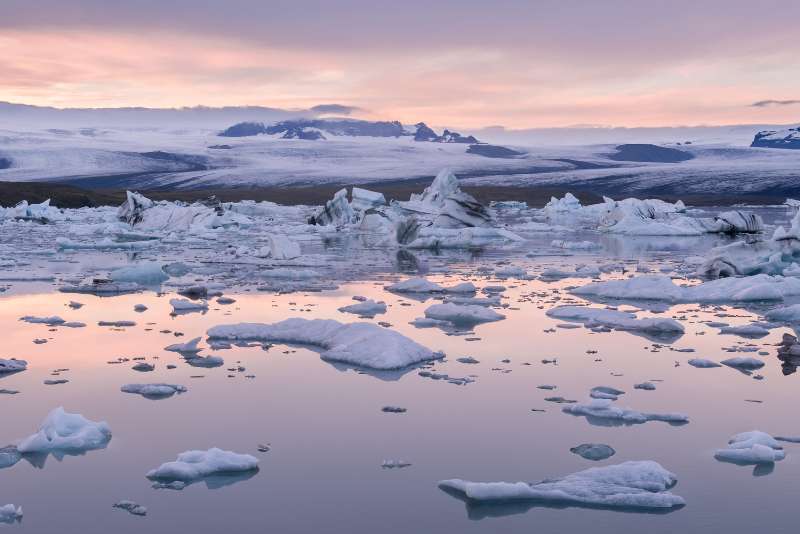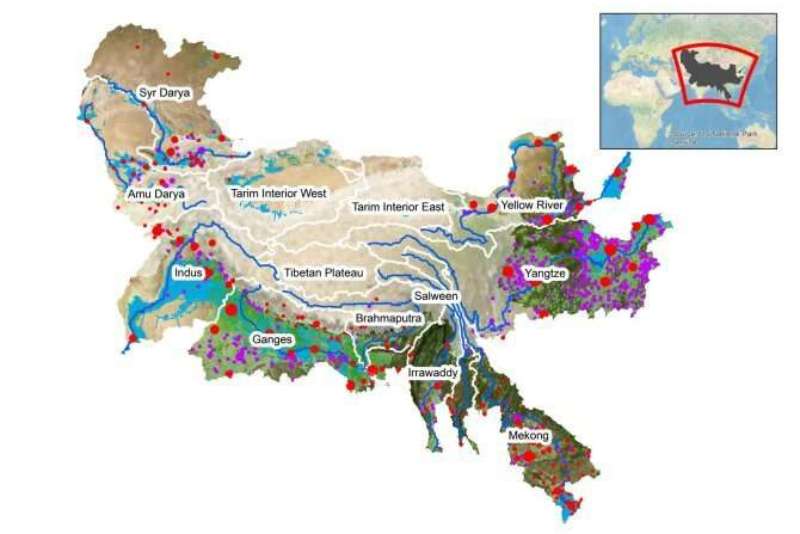
Melting Glaciers Alert
Rapidly melting glaciers in Asia’s Hindu Kush Himalayan region, known for housing the world’s highest mountains, pose a severe threat to the lives and livelihoods of up to two billion people downstream, according to a new study. The study conducted by the International Centre for Integrated Mountain Development (ICIMOD) reveals that glaciers in the region have been thawing 65% faster between 2011 and 2020 compared to the previous decade. If current emission trajectories continue, these glaciers could lose 80% of their volume by the end of the century, significantly impacting freshwater supplies in 12 rivers across 16 nations.
Glacial Thaw Acceleration and Implications
The study highlights the alarming rate of glacial thaw in the Hindu Kush Himalayan region. Glaciers have been melting 65% faster in the past decade, posing a serious concern for the future. The volume loss predicted by the end of the century could have severe consequences for freshwater availability in the region, affecting agriculture, food security, and energy sources.
Permafrost Decline and Increased Risks
Not only are the glaciers retreating, but the region is also experiencing a shrinking permafrost, which can lead to more landslides. ICIMOD’s study warns that the diminishing permafrost could trigger landslides and exacerbate the risk of flash floods. The presence of 200 glacier lakes deemed dangerous further raises the concern of glacial lake outburst floods, endangering communities and disrupting vital ecosystems.
Impact on Food Production in the Himalayas

ICIMOD also warns that melting glaciers, snow, and permafrost in the Hindu Kush Himalayan region are reaching unprecedented levels due to global warming. The report highlights the profound impacts on people and nature, with glaciers projected to lose up to 80% of their volume by the end of the century. This rapid melting will significantly reduce freshwater availability in major rivers, threatening the livelihoods of millions who rely on meltwater for agriculture. The situation raises concerns about food security and the need for adaptive measures to sustain food production.
Environmental and Economic Consequences
The changing cryosphere in the Hindu Kush Himalayan region is not only an environmental concern but also poses economic challenges. The report highlights the potential risks to infrastructure, including hydropower stations, as the retreat of glaciers and reduced meltwater availability may render them economically unviable or jeopardize their operations. The impact on agriculture, biodiversity, and freshwater sources could further strain local communities and lead to long-term consequences.
Also Read: 25 Climate Change Documentaries You Need To Watch Because This Planet Is NO Longer Fine
Urgent Need for Climate Change Adaptation
The study emphasizes the urgent need to scale up adaptation efforts to address the impact of climate change on affected communities. Experts stress the importance of governments, donors, and agencies fulfilling their commitments to limit warming, supporting communities in adapting to rising temperatures, and compensating them for losses incurred due to climate change. Calls are made to exit fossil fuels and take immediate action to mitigate the effects of global warming.
Wrapping up things
The findings of ICIMOD’s study sound a warning bell regarding the rapidly melting glaciers in the Hindu Kush Himalayan region. With the potential loss of 80% of glacier volume by the end of the century, the consequences for freshwater availability and the livelihoods of billions downstream are grave. Urgent action is needed to curb climate change, mitigate its impact, and support affected communities in adapting to the changing landscape. The report serves as a call to action for governments, organizations, and individuals to prioritize sustainable practices and reduce greenhouse gas emissions to preserve the fragile ecosystem of this vital region.
Gangtokian Web Team, 26/06/23
















































